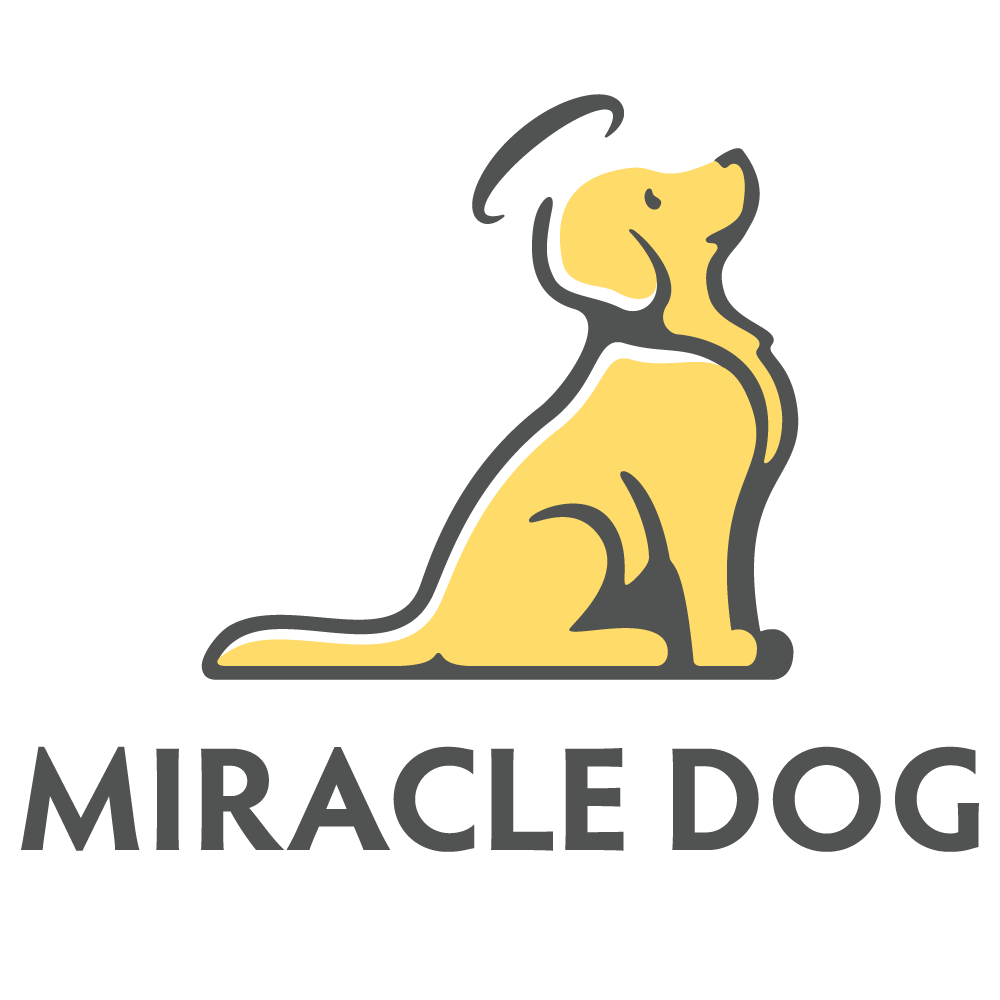Stir Crazy: How Covid-19 May Be Affecting Your Pup
By Kristian Hammermueller
Face coverings, social distancing, working from home, and isolation – for the majority of us the meanings of each have quickly evolved from unfamiliar concepts to intimate practices in 2020. As a population and a community we struggle to cope with the responsibility and stress of keeping ourselves, loved ones and neighbors safe from the transmission of Covid-19. Our efforts have had a profound effect on our daily routines and have altered them in great measure by restricting most social interactions. As social beings, it stands to reason that such restrictions may be a potential source of anxiety, but you may not be alone…the other social being in your house (the four-legged canine variety) may be equally affected.
Accompanying the spread of Covid-19, this year has seen a swell of new household canine companions as shelters and breeders are adopting out and selling record numbers of dogs. While this has the potential to be a silver lining it is important not to ignore a possible thundercloud. As good dog parents we aspire to provide a home environment conducive to a well-rounded happy pooch. For most dogs, especially puppies, this requires acclimating them to social situations where various types of both people and dogs are present. The current pandemic has greatly reduced the opportunities to experience these situations, resulting in dogs who are less accepting of novel stimuli and exhibit higher degrees of suspicion. Add to this the possibility that dogs may be sensing or cueing off the anxiety of their owners as it relates to going outside, and a good recipe for a canine stir-crazy cocktail has been achieved.
As people are forced to conduct a risk assessment analysis every time they wish to leave their houses, the likelihood of getting out and exercising decreases and once again the dog suffers. It is a simple and unavoidable truth: dogs need exercise and without it they become restless, bored and anxious. Owners of typically active breeds or mixes (particularly breeds in the herding, working, and sporting groups) should especially consider the breed characteristics of their pets as it relates to physical and psychological activity requirements. Even without the pressures of social restrictions it is all too often that these active-minded and physically capable dogs are not provided sufficient opportunity to satisfy their needs. The 20-minute walk around your block might be a nice outing and a real change of pace for those who require sitting at a computer throughout the workday, but make no mistake it does not serve as an adequate primary exercise session for a two-year old Border Collie, German Shepherd, or Labrador Retriever (to name a few).
It might be inconvenient and more time-consuming, but taking your dog to a park or preserve and walking a path can be done safely with masks and social distancing and will undoubtedly be a welcome change for most dogs. Don’t underestimate the value of mental exercise in conjunction with the physical- give your pup a chance to smell the smells and see the sights…they will appreciate it. Need to pick up take-out? Take your dog, sing to them in the car. Don’t like singing? Talk to them instead. They’re great listeners and even better ones when scratched. You’ll likely be surprised at the change in your dog’s behavior when they’re given additional avenues of stimulation. The popular saying goes, “A tired dog is a happy dog” and it’s often fair to take that statement even further: “A tired dog is a happy dog with a happy family”. Any extra time you invest in exercising your pup will pay off exponentially in gained time for you later- a content, well-stimulated dog will likely spend far less time stealing your shoes, chewing the furniture, or begging for attention during your important conference call.
Every dog owner’s situation is unique and personal and many are individually trying their best to cope with the current climate and state of things. Hopefully in this effort we as dog owners can become creative and committed to doing the things that keep our dogs happy and healthy, as challenging or inconvenient as it might be. To all dog parents: good luck, stay safe, and be happy together.
